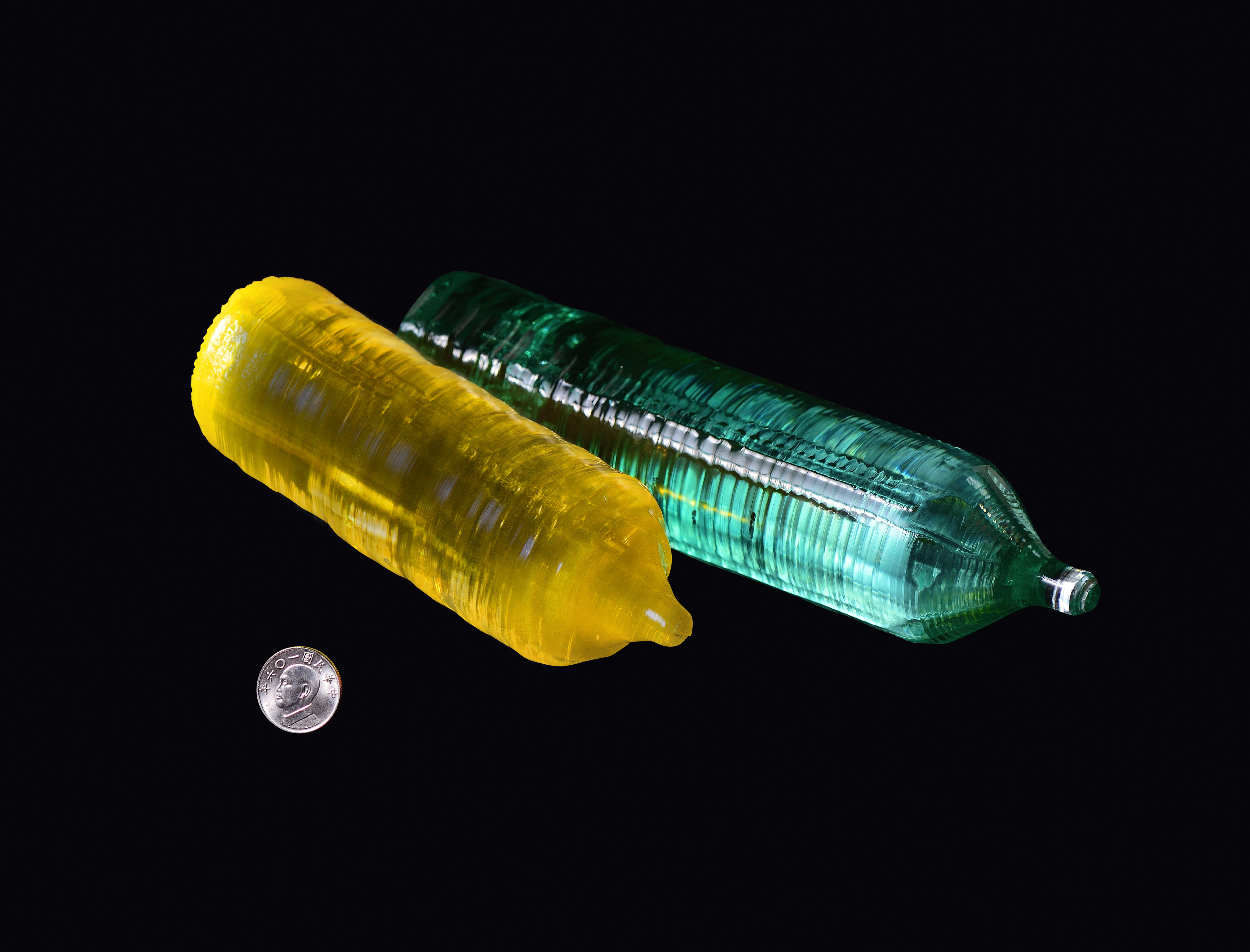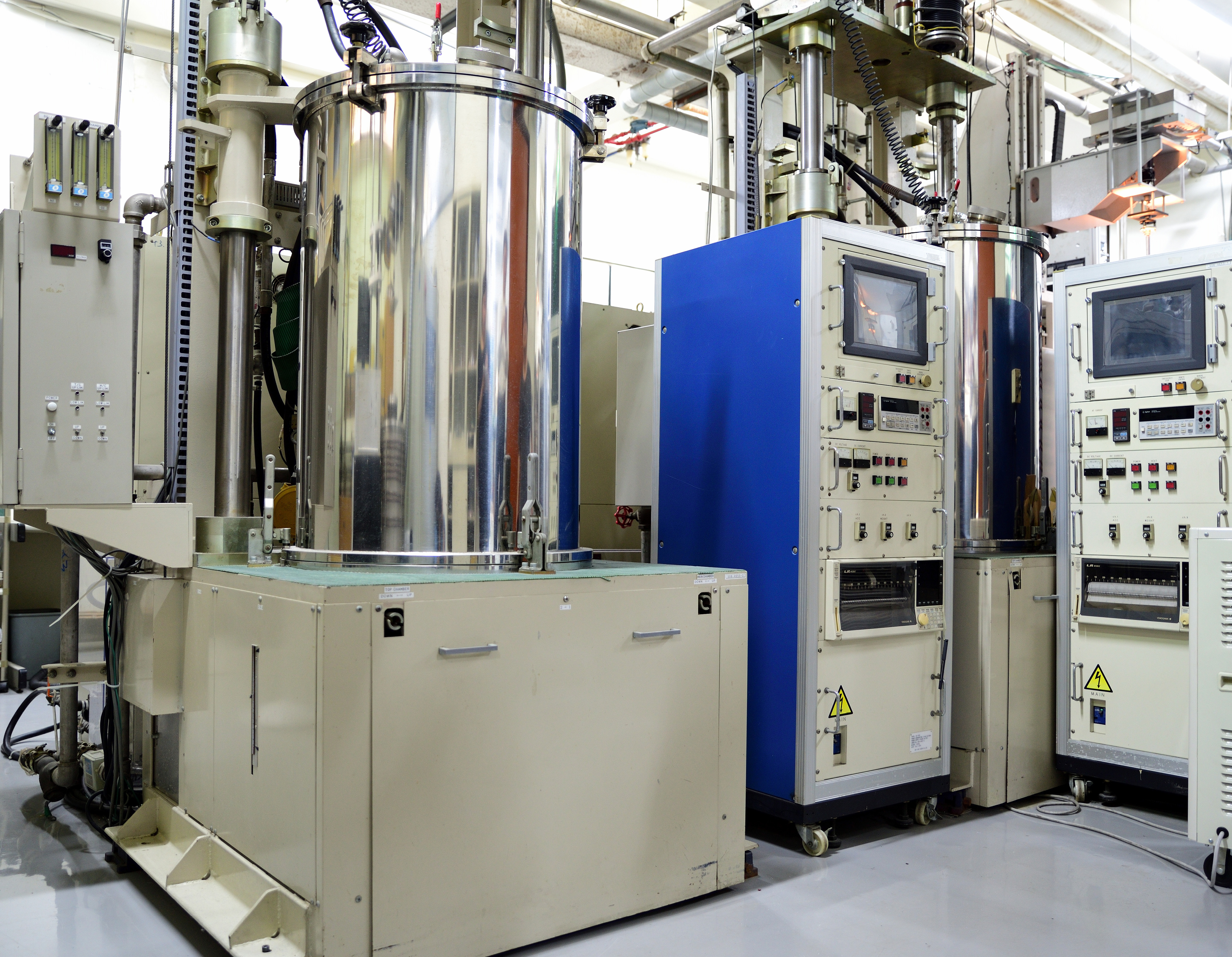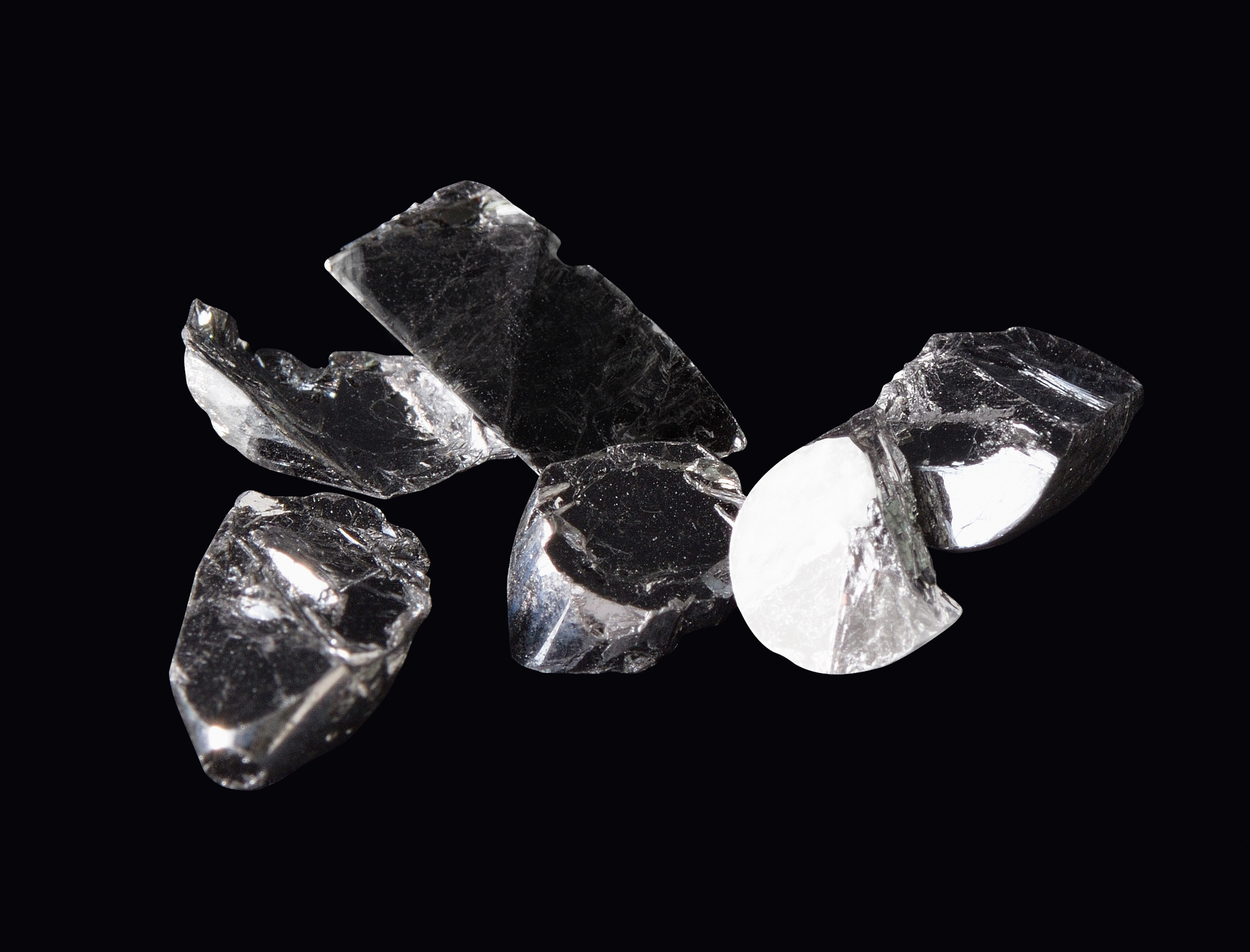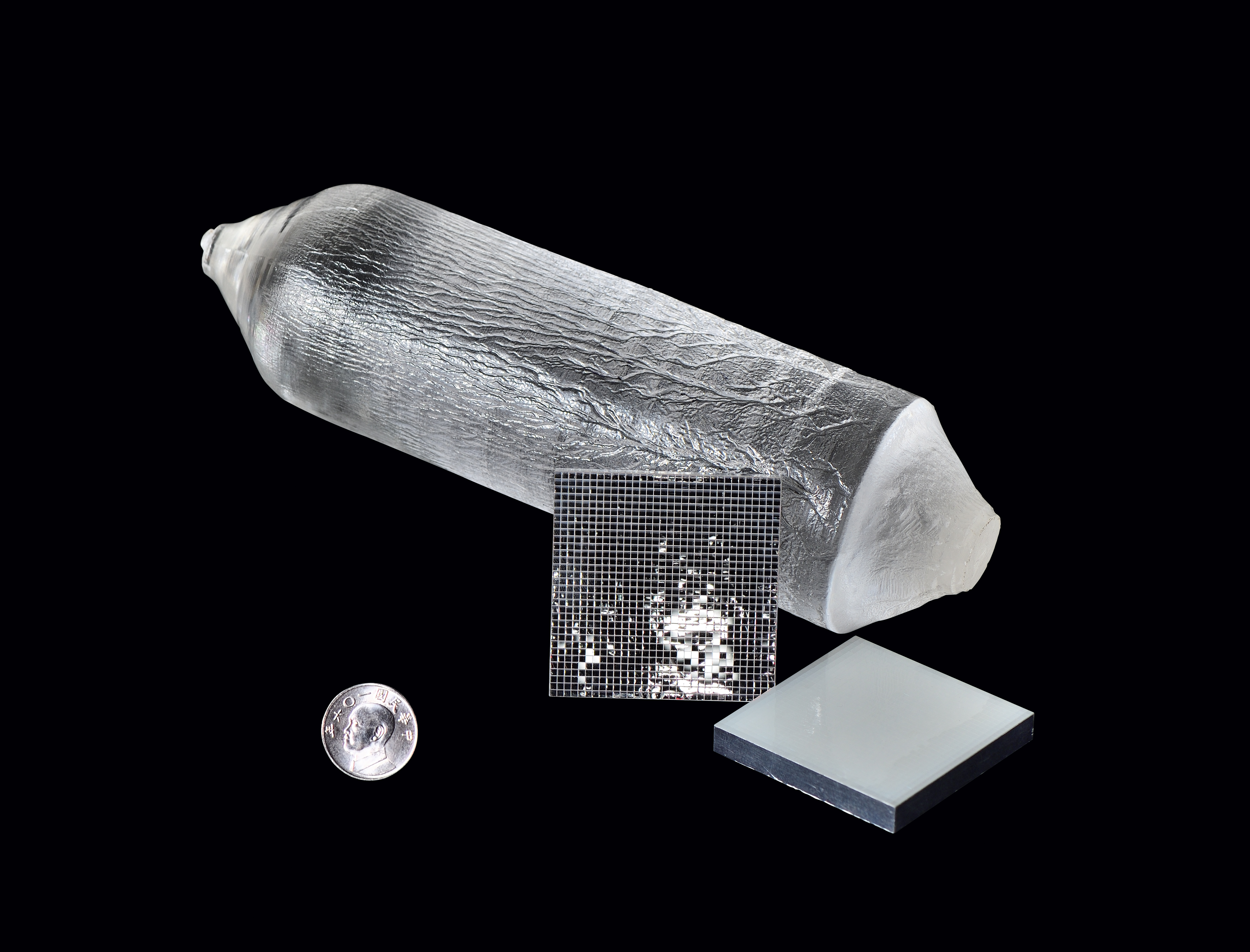2019/01 Things You Don’t Know about Crystals: Application of Crystalline Material
Things You Don’t Know about Crystals: Application of Crystalline Material
-
Author(s)
- Prof. Ming-Chi Chou
-
Biography
Prof. Mitch, Ming-Chi Chou received his Ph.D. from School of Optics (CREOL), University of Central Florida (UCF) in 2000. He joined the Department of Materials and Optoelectronic Science at National Sun Yat-sen University in 2004. He now serves as the Vice President for Research and Development. His majors are single crystal growth and condensed matter physics. He is the recipients of the Award for Outstanding Contribution in Science and Technology, granted by Taiwan’s Executive Yuan in 2014, and the Outstanding Research Award from Ministry of Science and Technology in 2011 and 2014. His research topics include laser, high-temperature superconductor, topological insulator, and scintillator.
-
Edited by
Prof. Ming-Chi Chou
Crystals, the power stones that grow in nature, have been used as a source of healing power and as magic to tell the future throughout all of human history. The mystery of crystal inspired scientists to investigate its substance and structure, and they attempted to grow it in the laboratory. Fortunately, it is possible today to grow many kinds of crystalline materials that are comparable in quality to the natural ones, such as silicon single crystal and quartz. These are the most significant materials for the Semiconductor Industry. Crystalline materials are regarded as crucial national tactical resources. To strengthen the development of crystal growth in Taiwan and promote its competitiveness in the global society of High-tech Industry, the Ministry of Science and Technology (MOST) granted funding for Prof. Ming-Chi Chou to establish the “Taiwan Consortium of Emergent Crystalline Materials” (TCECM) ” at National Sun Yat-sen University. The growth of Lu2O3-based scintillators, such as Ca+Ce: Lu2-xYxSiO5 (LYSO) from TCECM, can be cut into pixels and arranged in an array configuration that is applied in Positron Emission Tomography (PET), providing sensitivity in the detection of abnormal cell growth, such as those involved in cancer and Alzheimer’s disease. Chou’s research, contributing to improvedimprove medical imaging for better medical treatment, has attracted global attention.

CeY3Al5O12 (YAG) and YbYAG
In Ancient Greek, the word “crystal” has the meaning of “ice” and “rock crystal”. In our daily life, we can easily find crystals such as snowflakes, diamonds and table salt. As we can imagine, it usually takes a long period of time for crystals to form, and most of them have many impurities, meaning that they would not be viable for use in today’s fast-growing industries. In fact, crystalline materials such as silicon single crystal and quartz are crucial for the semiconductor industry, and the demand has significantly increased. Thus, the importance of crystal growth in laboratories for better quality, color and purity cannot be overstated. To strengthen the development of crystal growth in Taiwan, the Ministry of Science and Technology (MOST) granted funding in 2012 to establish the “Taiwan Consortium of Emergent Crystalline Materials (TCECM)” in National Sun Yat-sen University. TCECM is the largest crystal growth laboratory in Taiwan, and it laid the foundation for crystal research. With the successes of crucial breakthroughs, TCECM transformed into the “Center of Crystal Research” in 2018 with additional funding from the Ministry of Education. Crystalline material is one of our national tactical resources, and the growth of crystals is an important way to explore novel materials and condensed matter physics. Crystalline material has a wide range of applications, such as in lasers, optics, high energy physics, biomedical technology, and light emitting diodes, which require different types of material. Through the hydrothermal method and modifications to the furnace, My team and I are able to grow various materials such as optical crystals, high temperature superconductors, scintillators for medical imaging, piezoelectric crystals, magnetic crystals, and topological insulators. Through collaboration between academe and industry, the development of the crystal growth industry in Taiwan has made great progress. One important application of scintillators with high light output has attracted attention because of its application in medical images. The growth of Lu2O3-based scintillators, such as Ca+Ce: Lu2-xYxSiO5 (LYSO), can be cut into pixels and arranged in an array configuration used in Positron Emission Tomography (PET) to provide sensitivity in the detection of abnormal cell growth. The Center of Crystal Research has already synthesized scintillator crystals with double dopants with a diameter of 100mm, which is the core material for PET. Before, the PET could only detect cells as large as 10mm, but can now utilize such arrays to detect cancer cells as small as 4mm through better images. Such early detection is crucial for early diagnosis and treatment of cancer and Alzheimer’s disease and attracting global attention.

Multifunctional Czochralski furnace
TCECM includes nearly 30 scholars from the Departments of Physics, Chemistry, Materials and Optoelectronics, Photonics, and Mechanical and Electro-Mechanical Engineering, and has accumulated experience in crystalline material research, not only in Taiwan, but also in many different countries. Connection with the Max Planck Institute for Solid State Research (MPI), the Institute of Crystal Growth (IKZ) in Berlin, the University of Tokyo, the Russian Academy of Science (RAS) and scholars from Japan, South Korea and China has made the research of innovation in crystal growth possible. We have also worked with industry in Taiwan to develop innovative crystalline materials including mixtures of organic and inorganic crystalline materials, microstructure analysis, and functional materials. With the know-how of crystal growth, we already received local and international patents. The technology transfer has amounted to over NT$70 million (US$2.3 million approximately). Future research will focus on superconductors with spinel structure and phonon state using rare-earth elements, in the hope of becoming the leader in international superconductor research. In addition, we continue to broaden the spectrum of research and the application of crystalline material, especially in medical technology, for a better future.

Topological insulator and topological superconductor

Doubly-doped scintillator Ca+Ce Lu2-xYxSiO5 (LYSO)can be used in PET for detecting diseases

